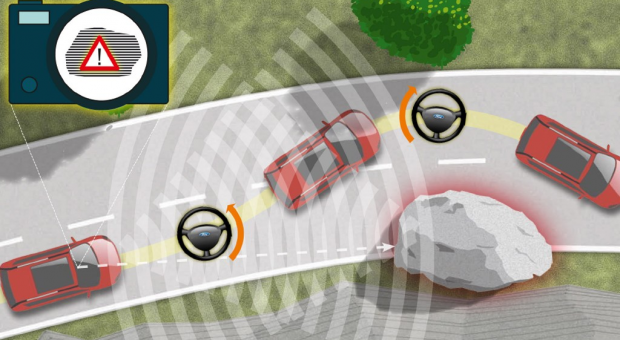
5 Ways Driverless Cars Will Revolutionize Our Roads
Everyone alive today is poised to witness a revolution in transportation equally as exciting and momentous as the invention of the internal combustion “horseless carriage” automobile more than a century ago.
As Google and other tech giants work to perfect driverless technology, it is worth taking a look at the future to prepare for the quantum evolution in transportation that is rapidly transforming from lofty sci-fi ideas to concrete reality.
Fuel
You don’t need to be an expert on current affairs to be aware of the gigantic geopolitical forces related to petroleum extraction, refining, and sales that are affecting our planet. One of the tangible benefits to driverless car technologies will be seen in enormous savings in fuel consumption.
Even if you do not own a car, you are probably reliant on petroleum-fueled vehicles to transport your food, medicine, and household goods into your city. Driverless cars will be able to use advanced computer algorithms to shave fuel consumption to its absolute minimum.
Tiny savings, when compounded by the billions of cars and trucks now being driven around the world, will result in drastic reductions in the consumption of expensive and polluting fuels.
Parking
Some traffic experts estimate that as much as 80% of all urban congestion is caused by parking issues. When a human driver is forced to circle the block looking for a spot to park the car, this adds congestion and delays to the other cars on the street. Driverless cars will be able to drop off their human passengers and then park themselves, dramatically reducing congestion on urban streets.
Ownership Costs
Although it is blatantly obvious to state this, right now it is worth remembering that our cars are essentially useless when a human driver is not behind the wheel. Depending on how often you drive, your car may be sitting idle and useless up to 98% of the time. In the future, driverless cars will be able to continue performing valuable tasks even when they are not carrying human passengers.
Driverless cars will be able to park themselves, or drive to a service station for repairs or maintenance, head off to another destination to pick up new passengers, or go to a store to pick up groceries or other items. Companies and municipal governments will be able to employ fleets of driverless cars, trucks, and buses, and put to work around the clock delivering passengers and/or goods. No longer will driver exhaustion limit the usefulness of a vehicle, and a driverless car will never get sick or require a vacation. Smart sensors will identify the need for maintenance or service right away, greatly reducing the cost of expensive repairs or upgrades.
All in all, it is expected that driverless car technologies will result in a lot of cost savings to the individuals or groups who own these vehicles of the future.
Safety
Many people are rightly concerned about handing over the controls of a vehicle to a faceless, emotionless robot. As with any computer system designed and programmed by humans, there will certainly be accidents in the future, and it is highly likely that a publicized crash or incident will scare a lot of people away from this emerging technology. But computer-assisted driving technologies already in place in car models from Mercedes-Benz, Audi, Tesla, and other manufacturers have already saved thousands of lives.
Insurance companies, which rely on accurate statistical modelling to calculate premiums, now offer reduced prices to drivers who own cars that have computer assistance devices, precisely because the insurance firms have seen crash incidents become far less frequent in cars with computer-assisted driving technologies.
Traffic Congestion
Right now, every human driver is independently operating and driving their own car separate from the other cars on the road. In the future, driverless cars will be able to network and coordinate together, driving at much closer distances between each vehicle, freeing up highways and freeways for much higher speeds and greater throughput.
In the future, networked driverless cars will be able to rapidly re-route around accidents and road closures, making the best use of available streets and routes to reduce or eliminate congestion.
















